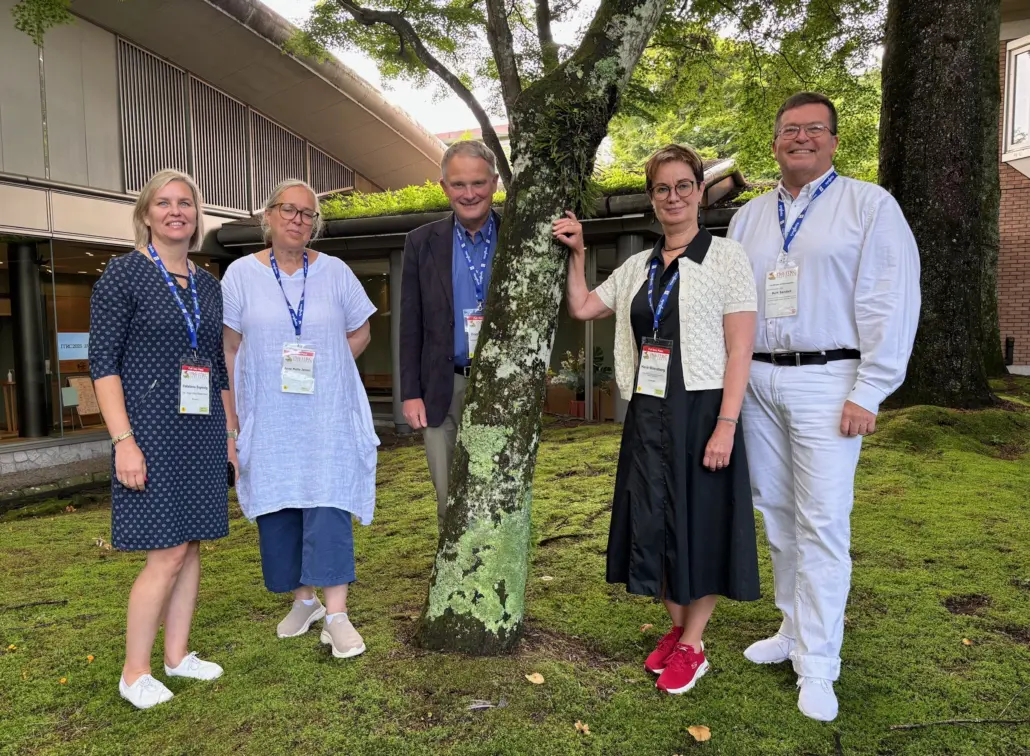News
6 August 2025
Invitation – NIBIO Field Day in Lüneburg, Germany
Field day, September 23-24th, Lüneburg, Germany
Read more
3 August 2025
Voices from the ITRC 2025 Conference in Japan
Voices from the ITRC 2025 in Japan
Read more









